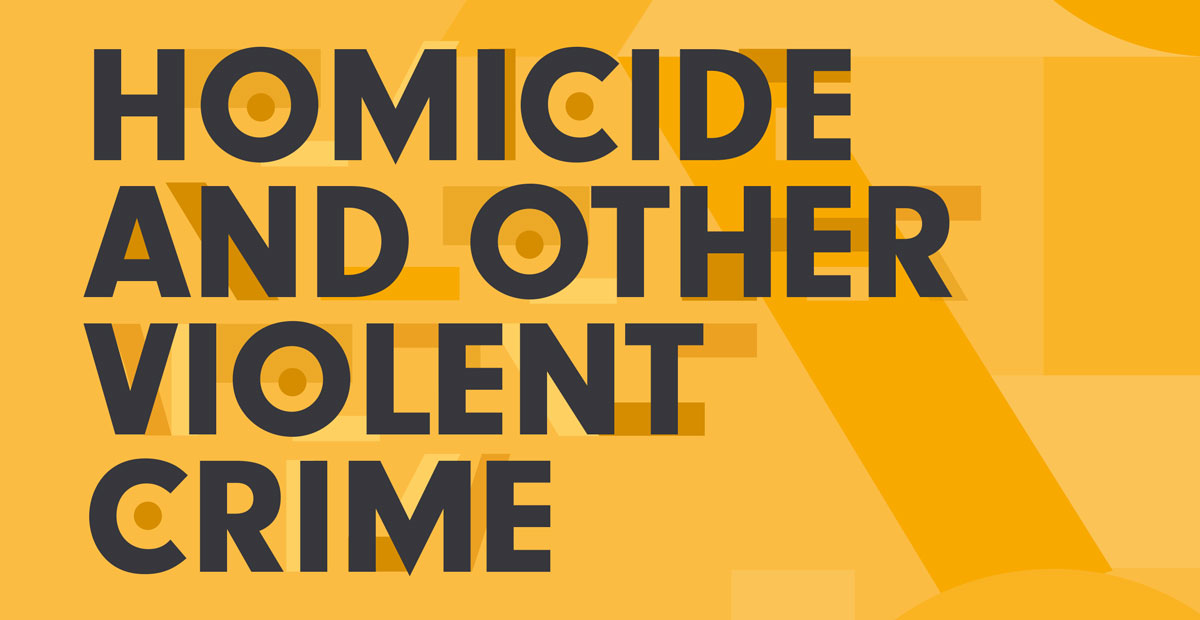
Este blog faz parte da série "Fazendo as Conexões". Cada blog se concentra em uma forma específica de violência.
Este ano, a Equimundo e a Oak Foundation lançaram Normas Masculinas e Violência: Fazendo as Conexões, um novo relatório que examina as ligações entre normas masculinas prejudiciais e oito formas de comportamento violento.
Embora não haja nada inerente à masculinidade que impulsione a violência, a forma como socializamos meninos em suas identidades como homens e o que esperamos deles – ou seja, as normas masculinas da sociedade – estão inegavelmente ligados à violência. De fato, meninos e homens são frequentemente criados, socializados e incentivados a usar a violência de alguma forma; em geral, homens e meninos têm uma probabilidade desproporcional de perpetrar a maioria das formas de violência e morrer por homicídio e suicídio. No entanto, a pesquisa afirma que essa violência é evitável, a igualdade de gênero é alcançável e as normas e ideias não violentas sobre masculinidade são predominantes e poderosas.
Este quinto blog no Fazendo as conexões A série foca em homicídios e crimes violentos. Ela analisa os fatos sobre o assunto, suas ligações com outras formas de violência e recomendações para ação.
Homicídio e Crime Violento
Os fatos
Globalmente, o homicídio é um fenômeno predominantemente masculino. Os homens têm maior probabilidade de cometer e morrer por homicídio do que as mulheres, em proporções significativas e em todas as faixas etárias e regiões geográficas. Além disso, os assassinatos em massa – que antes ocorriam poucas vezes a cada década – têm aumentado nos Estados Unidos desde a década de 1970.
Em relação a outros crimes violentos (além das formas de violência abordadas em outras partes do relatório), décadas de pesquisa demonstram que homens e meninos têm maior probabilidade de serem perpetradores e vítimas do que mulheres e meninas. A violência pública é uma ocorrência comum entre os homens: Dados de IMAGENS de seis países mostram que 3 a 36 por cento dos homens relataram ter participado de um assalto e 5 a 22 por cento dos homens relataram ter participado de brigas.
Os Links
Homens e meninos frequentemente usam o crime de diversas maneiras para demonstrar ou comprovar a conquista de uma determinada forma de masculinidade. Há uma crescente base de evidências para a compreensão de muitas formas de comportamento criminoso violento como intrinsecamente ligadas a performances de masculinidade hegemônica, juntamente com apelos por uma maior complexidade nessa análise.
A probabilidade desproporcional dos homens de cometerem homicídios e crimes violentos não é determinada biologicamente. Em vez disso, esses padrões são muito mais complexos, incluindo uma influência significativa de normas masculinas, dinâmicas sociais e condições de vida.
As Interseções
A pesquisa demonstra, de forma contundente e consistente, que é necessária uma preponderância de fatores – se não um esforço intencional e envolvido – para transformar indivíduos em assassinos. Pesquisadores estudaram como traumas extremos, humilhações e humilhações quase sempre fazem parte da formação de homens assassinos. Outros estudos mostraram como os efeitos de infâncias particularmente difíceis e relacionamentos prejudiciais distorcem a propensão humana a não matar outras pessoas.
Pesquisas sobre homens que cometeram assassinatos em massa nos Estados Unidos variam, mas tendem a apontar para um conjunto de causas. Fatores como acesso generalizado a armas, doenças mentais não detectadas, isolamento social, ter sofrido bullying homofóbico, estresse econômico ou ressentimento por perder algo a que se sentem no direito – como empregos, prestígio, privilégios ou acesso a parceiras – combinam-se com normas masculinas prejudiciais para aumentar a probabilidade de recorrer a essa forma de violência extrema.
Da Teoria à Prática
Esforços para prevenir homicídios e outros crimes violentos com uma perspectiva explicitamente masculina são raros em todo o mundo. Iniciativas que visam prevenir homicídios e crimes violentos devem se concentrar nas seguintes transformações de normas masculinas nocivas:
- Envolva homens e meninos em discussões sobre as conexões entre masculinidades tradicionais, violência e consequências negativas.
- Use modelos masculinos não violentos na programação que sejam semelhantes aos participantes em idade e outros fatores demográficos, a fim de fornecer aos participantes um líder acessível e positivo.
- Proporcionar um espaço seguro para homens e meninos praticarem formas não violentas de masculinidade e incentivar a criação de laços masculinos e a construção de comunidade.
Leia o resto do Fazendo as conexões série de blogs para aprender mais sobre violência praticada por parceiros íntimos; violência física contra crianças; abuso e exploração sexual infantil; bullying; violência sexual não praticada por parceiros; suicídio; e conflitos e guerras.
